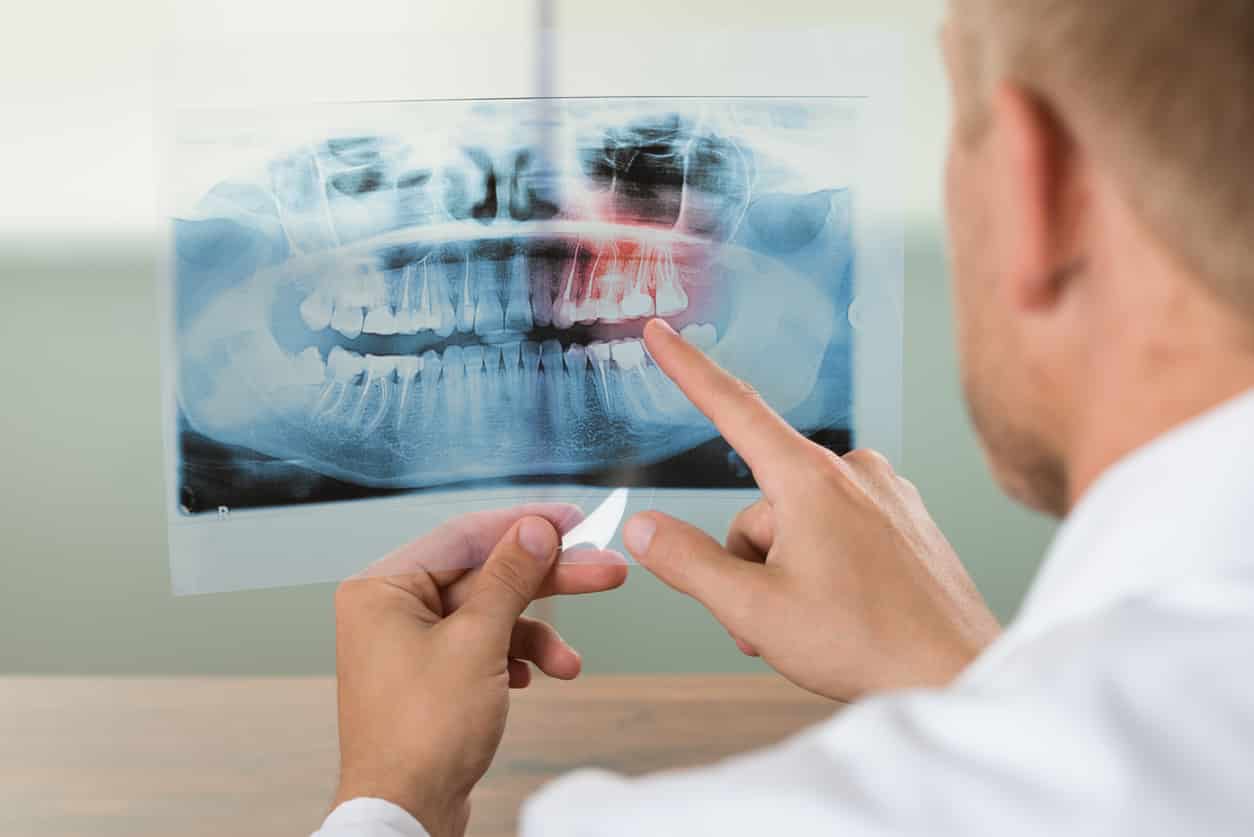If you plan to see a dentist, it is very likely you are not looking forward to the pain. Even a cleaning can include discomfort and distress. Yet, for those who have a tooth extraction or other more invasive procedure, dentists have traditionally prescribed immediate release opioids like Vicodin and Percocet. In fact, annually over 3.5 million people have their wisdom teeth removed, requiring a great deal of prescription pain medication.
Fortunately, for most patients, opioids taken as a result of dental work don’t usually pose a problem. Yet, because the nation is currently experiencing an opioid epidemic and because dentists prescribe these medications, the field of dentistry is exploring new options.
The Role Dentists Play in the Opioid Epidemic
A study published in the Journal of American Dental Association(ADA) estimates that dentists are responsible for 12% of prescriptions for fast-acting opioids. Although these prescriptions are meant to treat short-term pain, they still pose an addiction risk, especially to adolescents and young adults. In fact, many young adults welcome the prescribed opioids. This is often because their friends are taking them recreationally or because they enjoy the euphoria and relaxing effects when mixed with marijuana and other drugs.
However, according to a research letter published in 2016 in the Journal of the American Medical Association (JAMA), dentists write prescriptions for pain medication despite evidence that other medication may in fact be more effective. According to another study, dentists were the third most frequent prescribers of opioid pain medication in 2009.
ADA is being Conscious of the Opioid Crisis
The field of dentistry is responding to the opioid crisis. Yet, the ADA is aware that there remains little information on opioid prescribing practices in dentistry. This makes it difficult for policy makers and health officials to make wide-spread decisions. Although there’s some evidence showing dentistry contributed a small percentage to the opioid crisis, we need more information to take adequate action.
The following list describes the efforts the ADA and others are making to help curb the opioid epidemic among Americans:
- Last year, the ADA president urged dentists to remain committed to preventing opioid abuse among their patients. In it, ADA president Carol Gomez Summerhays, encouraged dentists to use techniques to identify and respond to suspicious drug-seeking behavior, including after-hours requests for prescription drugs.
- Many state boards have released new prescribing guidelines, such as the New Jersey Dental Association. These guidelines also stress that alternative medication, such as ibuprofen and acetaminophen may be more effective.
- Some dentists are forming task groups to focus on how to find better ways to manage pain, such as combining ibuprofen and acetaminophen for acute pain or using non-steroidal anti-inflammatory drugs (NSAID).
- The ADA recently updated its prescribing guidelines for opioids, which it hasn’t done in over a decade.
- They are encouraging patients to visit MouthHealthy.org/meds, a site where they can learn about the dangers of using opioid pain medication for non-medical purposes. Despite the epidemic, many Americans are not aware that using prescription pain medication in a way other than prescribed is illegal and dangerous.
- New dentists, including those at the University Of Pittsburgh School Of Dental Medicine are being taught the effects of opioids and how to prescribe them safely. At the same time, both new and experienced dentists are being encouraged to take a free course on Safe Opioid Prescribing for Acute Pain.
Incidentally, Dr. Paul Moore, on staff at the University Of Pittsburgh School Of Dental Medicine, was personally affected by the opioid epidemic – his nephew was among the more than 3,000 people who died of overdoses in Pennsylvania last year.
Dentists May Turn to NSAIDs
Another change dentistry may make is to rely more heavily on the use of non-steroidal anti-inflammatory drugs (NSAID) to help relieve pain. One problem with this, however, is that many people think of these drugs as not being as effective as opioids. Dr. Joel Funari, a dentist who specializes in oral and maxillofacial surgery, explains:
Non-steroidal anti-inflammatory drugs – the Motrins, the Advils, the Aleves – when used in a certain way, are very effective. More effective than the narcotics.
Funari recalls that decades ago it was common for a dentist to prescribe someone a bottle of 30 or more pain pills to ease pain after a tooth extraction. However, now given the opioid crisis, they consider it over-medication. Part of the work dentists will have to do is to educate the public on the effectiveness of NSAIDs.
Dr. Elliot Hersh, a professor of pharmacology and oral surgery at the University of Pennsylvania School of Dental Medicine comments:
A lot of the lay public believes if they’re available over the counter, they’re weak and they don’t work. [Yet] NSAIDs work at least as well as opioids; they just haven’t received as much hype, because they’re available over the counter.
Hersh also explained that educating the public on NSAIDs is not enough. He continued to say:
One of the biggest hurdles in improving prescribing habits is countering — among his students, practicing dentists and patients — long-held misunderstandings about the pain-relieving power of less addictive drugs.
Since attention on NSAIDs has grown, the use of these drugs to manage pain has greatly increased. However, patients may want to be aware that some NSAIDs have not been used more often because of their side effects.
On a Positive Note
In her 2016 letter to dentists around the country, the ADA president revealed some good news:
- In the September 2015 edition of the American Journal of Preventive Medicine revealed that the greatest percentage decrease in opioid prescribing rates between 2007 and 2012 occurred in emergency medicine (–8.9 percent) and dentistry (–5.7 percent).
- According to the Food and Drug Administration (FDA), between 2003 and 2012, dentists dropped from being the second most frequent prescribers of opioid pain medications to fifth in the National Prescription Audit, behind family practitioners, internists, general practitioners, and surgeons.
Although the opioid epidemic still looks bleak, there are pockets of improvement for Americans hoping to manage dental and other types of pain.














